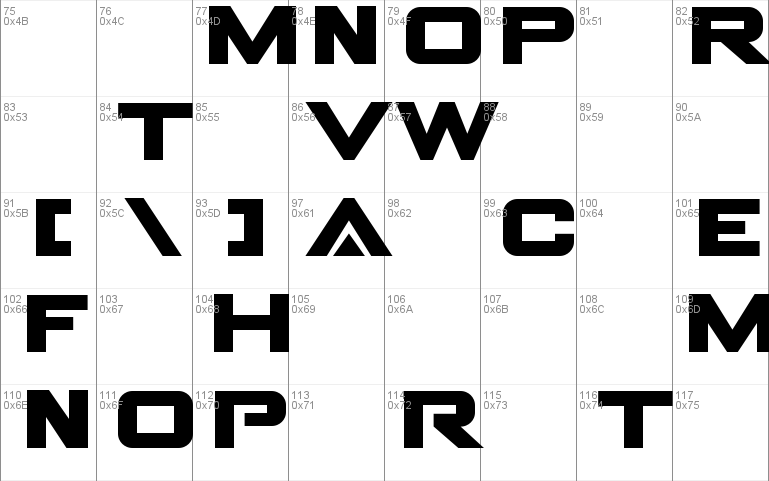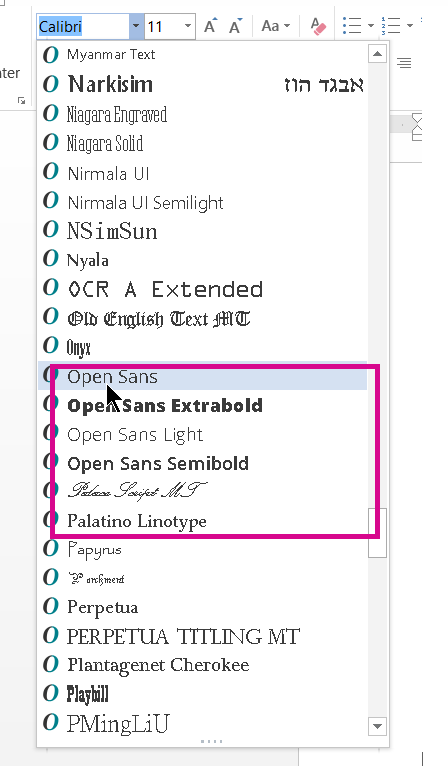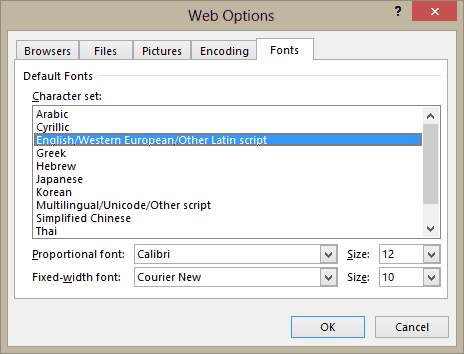- Arabic Font Download For Microsoft Word 2007
- Download Font Arabic Ms Word 2007
- Arabic Font For Microsoft Word 2007
- Arabic Font Word 2007 Free
- Arabic Font Word 2007 Full
Download the Arabic Typesetting font for free or use it to generate a fancy logo using the custom graphics generator. International, Sans Serif, Unicode Arabic, Thin, Clean.
أهلا بك, Welcome! Arabic Fonts, is the wonderland for Arabic fonts, Arabic Typography and Calligraphy which offers a wide range of Arabic fonts. We offer fonts for various writing styles in Arabic Scripts. Moreover, Our fonts are very rich and of high quality. Download Arabic word breaker from Official Microsoft Download Center Microsoft 365 Premium Office apps, extra cloud storage, advanced security, and more—all in one convenient subscription. This font is a contribution to the modernization of Arabic typography, gives the font design of Arabic letters real typographic arrangement and provides more typographic flexibility. Oustad Arabic supports Arabic, Persian, and Urdu. Font is arabic style design. It is created on outlines O. Snarskiy (1975) Font Info. O.Snarskiy 1975/ Dubina Nikolay 1999 - wwwart@mail.ru.
Arabic Fonts
أهلا بك, Welcome !
Arabic Fonts, is the wonderland for Arabic fonts, Arabic Typography and Calligraphy which offers a wide range of Arabic fonts. We offer fonts for various writing styles in Arabic Scripts. Moreover, Our fonts are very rich and of high quality. There is no requirement for creating accounts in our website to download any of the Arabic Fonts.
Use artistic, rich and quality Arabic fonts for your Magazine, Books, Blogs, Newspaper. Our users have complimented us for the quality of Fonts we deliver. If you want to know the Top Rated Fonts. Visit Top Rated Arabic Fonts Page.
Enabling Arabic or Hebrew | Typing | Custom Hebrew Keyboard | Word Processing |
Moodle | Internet Searching | Online News | Email | Chat
Enabling Arabic or Hebrew on your computer
Both Windows and Macintosh computers are capable of typing in Hebrew with a little configuration. Please see these general instructions on how to enable languages on your computer and then come back here for more Hebrew-specific information.
On Windows, there is only one Hebrew keyboard to choose. On Macintosh you have a choice between a standard Isreali layout or a QWERTY layout. See the images to the right to view these layouts.
Typing
See my page on Visual Keyboards for using the built-in utilities of Windows and Macintosh. They are handy visual guides when you are learning to type to the keyboard layouts installed on your computer.
Macintosh
The Mac keyboard for Hebrew contains relatively easy access to the nikud. The Mac Hebrew Layout file contains screen shots for the different modifications of the layout of the Hebrew input (not Hebrew-QWERTY).
Custom Keyboard for Hebrew (Windows XP)
This custom keyboard layout is based on the Windows Hebrew keyboard, but makes the nikud much easier to access. The nikud are on the number keys in the unshifted state (no shift, no control). Numbers are then accessed by holding down control and typing the number key. More instructions are included in the downloaded package linked below.
This keyboard is provided without any promise of comptability or support. Install at your own risk.
Download Custom Hebrew Keyboard (version 1.1, updated Dec 2006) for Windows XP.
Word Processing

Windows | Macintosh
Windows
MS Word for Windows handles Arabic and Hebrew quite well, if you set it up the right way. Once you've installed the appropriate keyboard layout on your Windows machine, you'll want to configure your toolbars to add the Paragraph direction buttons. You have to manually change the paragraph direction when switching between English and Arabic or Hebrew input.
In Word, go to:
- Tools
- Customize
- Commands
- Click on Format in left box and scroll down in the right box a little ways until you see the Left-to-Right and Right-to-Left commands
- Drag both of these buttons up to your toolbar (anywhere you like) to make them available any time.
You can also assign custom keyboard combinations to these commands in Word to make it even easier to switch paragraph directions. On the same window as above, click on the Keyboard button. Click on Format on the left and then scroll to RtlPara to set the key combo for changing to Right-to-Left paragraph direction. Enter any key combo you like and then click the Assign button. Do the same for LtrPara to set the key combo for changing back to the Left-to-Right direction.
| Hint: I recommend setting Alt+R for Right-to-Left and Alt+L for Left-to-Right. These combinations do not conflict with any other pre-configured key combos in Word. If you choose a key combo that is already assigned to another command, you'll see a note in the window that tells you as much. |
Also make sure to watch the screencast at the upper right of this page demonstrating the formatting options for Word 2007 and how to make columns flow from right to left.
Macintosh
Sadly, the Macintosh version of MS Word does not handle Semitic languages very well at all. However, you do have options.
Mellel is a word processor for the Macintosh that works well for Hebrew and other Semitic languages. You can download a trial version for free and the cost for students is only $34.99. And you'll find some of the features of Mellel so useful that you may end up using it as your word processor even for English!
Mellel imports and exports Word Document format, RTF (Rich Text Format) and Plain text. It also allows tremendous control over any document formatting feature you might dream of, allowing you to set up Paragraph and Character Styles that make it a breeze to switch languages when typing, even within the same document.
Their website and user community is very helpful. See their Tips & Tricks page for Beginner's Guides and other information. You can also download dictionaries from their site for free. The Standard Set includes a Hebrew dictionary.
Moodle
You can use Arabic and Hebrew in Moodle just as with any other program. In any editing box that has the MS Word toolbar icons, you have the ability to change the paragraph direction to right-to-left (RTL). The icon has a paragraph symbol and then a blue arrow to the left and right to change the direction accordingly. Using this will change the paragraph direction for the whole text box, even if the text is mixed Hebrew and English.
There are some areas that do not allow you to change the paragraph direction to RTL (such as Chat and Text pages). However, if you type Arabic or Hebrew into these boxes the text will still order the characters properly, they will just be justified to the left of the screen.

Internet Searching
Google (is there really anything else?), has some built-in language preference tools that allows you to search in both English and Hebrew automatically.
To go the main Google page and click on Preferences. Here you can set your preferred interface language, and any languages that you want to include in your searches. You can also configure Google's SafeSearch settings (for blocking explicit content), the number of results per page and whether or not to display results in a new window.

These preferences are done via cookies, meaning that you'll need to change these preferences in every browser you use (and on every computer).
Online News
Hebrew sites:
OK, this is where it gets a little interesting. There are a few different character encodings that are typically used for Hebrew: UTF-8 (aka Unicode), ISO-8859-8-I and Windows-1255. There are others for Arabic. It seems to be a good idea to avoid Windows-1255, in an effort to be more compatible with different operating systems.
If you want to use vowel markings in email, you must use UTF-8.
I recommend using Thunderbird for email (for Macintosh or Windows). While Outlook may work, it is a constant target for virus and spyware writers, and therefore not a safe email client to use. You can download Thunderbird at www.mozilla.com.
Configuring Thunderbird for Arabic or Hebrew
Arabic Font Download For Microsoft Word 2007

Download Font Arabic Ms Word 2007
- set your outgoing message encoding to UTF-8
- Install the BiDi Mail UI extension for Thunderbird
Arabic Font For Microsoft Word 2007
BiDi Extension for Thunderbird allows you to control the paragraph direction for proper input in Arabic or Hebrew. It requires that you are using Thunderbird 1.5, so make sure you have that version installed. Once installed you get the option in the Format menu to Change Paragraph Direction. It seems to work ok. It does only allow one paragraph direction per email (it will appear as if you can have both RTL and LTR directions when you compose, but will revert to all RTL when you send).
Arabic Font Word 2007 Free
Chat
Arabic Font Word 2007 Full
There are several options out there, but Trillian seems to be the best bet for Windows users. The free version allows you to type Arabic or Hebrew using the built-in Windows keyboard, though the paragraph direction isn't quite right. You may be able to adjust this by changing your settings for non-Unicode programs to Arabic or Hebrew, but this will also affect any other non-Unicode programs you have installed. So you may find this troublesome.
So far, Arabic and Hebrew through Trillian on Windows works with the MSN protocol and probably with AIM. As I get a chance to do more testing, I will post updates.